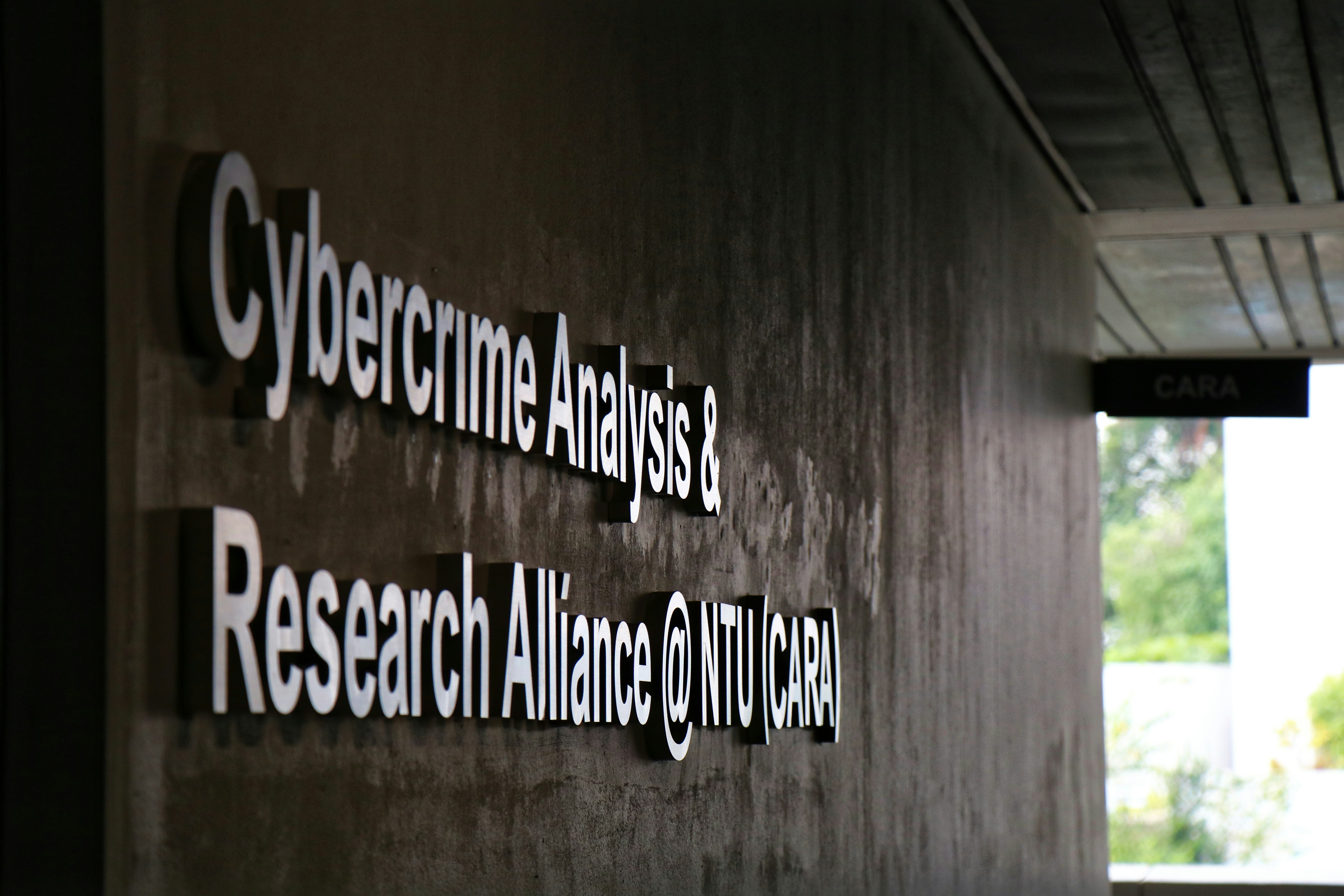
Understanding the Dangers of Rogue Emails
In today’s digital landscape, rogue emails pose significant threats to organizations, leading to substantial operational challenges. These threats primarily stem from a variety of email attacks, including phishing and Business Email Compromise (BEC), which can inflict considerable email attack damage. Phishing attacks often employ fraudulent messages that deceive employees into divulging sensitive information or credentials. By exploiting social engineering tactics, these emails can result in unauthorized access to company systems, where attackers can manipulate data or siphon funds.
Another prevalent threat is BEC, where attackers impersonate trusted figures, such as executives or partners, to orchestrate unauthorized transactions. The fallout from such phishing attacks can be devastating; organizations may face immediate financial losses and the painstaking task of restoring their damaged reputations. For instance, an attack targeting a financial department with an email masked as a legitimate request may lead to millions lost in unauthorized transactions initiated based on trust rather than verification.
Moreover, organizations are often ill-equipped to identify anomalies within email transactions, which can escalate BEC risks. The Transactions Anomaly Watch (TAW) system is a proactive strategy that can help in monitoring transaction patterns for signs of fraudulent activity, mitigating the impact of rogue emails. However, even with safeguards in place, the potential for operational disruptions remains high when a rogue email breaches a company’s defenses.
Real-world examples abound, where businesses have faced catastrophic consequences from ill-fated email responses. Cases of brands losing customer trust and sustaining long-term financial damage due to systemic email attack damage illustrate the criticality of addressing these risks. Therefore, organizations must cultivate an awareness of these threats and implement robust measures to safeguard against the unforeseen impacts of rogue emails.
The Mechanisms of Email Attack Damage
Email attacks have increasingly become a preferred method for cybercriminals aiming to exploit vulnerabilities within businesses’ communication systems. The lifecycle of an email attack typically begins with the delivery of a rogue email, crafted to deceive the intended recipient. This initial phase may involve the use of phishing fallout tactics, where fraudulent emails mimic legitimate communications to trick users into taking harmful actions.
Once the email is received, the attacker may employ various manipulation techniques, such as embedding malicious links or attachments designed to compromise security. For instance, an employee who unwittingly clicks on a malicious link could inadvertently download malware onto their device, thereby allowing unauthorized access to company systems. This gateway into the organization is where the true scope of email attack damage may manifest, particularly in the context of Business Email Compromise (BEC) risks.
BEC strategies often involve the impersonation of high-ranking officials within a company, with attackers urging employees to perform sensitive transactions, often under false pretenses. The urgency generated by such emails can lead staff to act without adequate verification, dramatically increasing the likelihood of fund theft or unauthorized financial transactions. It is crucial for organizations to recognize that the ramifications extend beyond immediate financial loss. The erosion of customer trust is a significant aftermath, which can adversely impact a company’s reputation and market positioning.
Moreover, for businesses that emphasize low-overhead operations or rely on trust-based transactions, the implications of email attacks can be particularly detrimental. As a recommendation, implementing robust frameworks such as Transactions Anomaly Watch (TAW) systems can provide an additional layer of security, monitoring account activities for possible discrepancies. By understanding the mechanisms of email attack damage and leveraging preventive protocols, organizations can fortify their defenses against an era where cyber threats are pervasive and constantly evolving.
Phishing Fallout: The Broader Implications for Companies
The ramifications of email attacks, particularly phishing offenses, extend well beyond immediate financial losses and can adversely affect an organization on multiple fronts. While companies often focus on the direct costs associated with phishing fallout, such as the loss of funds or data breaches, the psychological and operational consequences are equally significant. Teams affected by such incidents often experience decreased morale and heightened anxiety, as employees may feel uncertain about their ability to protect sensitive information. This concern can stifle productivity and innovation, creating an environment where the normal operations of a business are disrupted.
Furthermore, dealing with the aftermath of phishing attacks often places an enormous strain on resources. The recovery process can be lengthy and complex, demanding significant human and financial capital to remediate the damage caused by email attack damage. Personnel may have to divert attention from their core responsibilities to manage crisis communications, conduct investigations, and upgrade security measures, which may lead to further inefficiencies. The potential long-term impacts may include difficulty in attracting and retaining talent, particularly if there is a prevailing perception that the organization is vulnerable to future incidents.
Public trust and customer confidence are also at stake; maintaining these elements is critical to a company’s reputation and ongoing success. Following a phishing fallout, businesses may find themselves under scrutiny, facing the challenge of reassuring clients and stakeholders regarding their commitment to security. The legal ramifications can be severe, particularly for organizations that are found negligent in securing their email communications or adequately protecting customer data. Regulatory fines and lawsuits stemming from breaches can add to the financial burden and tarnish the company’s image in the marketplace. Overall, the implications of phishing attacks reveal how crucial it is for organizations to proactively implement protective measures, such as adopting transactions anomaly watch (TAW) processes and training employees regarding business email compromise (BEC) risks, ensuring their email systems are fortified against potential threats.
Preventive Measures and the Role of Technology in Combatting Email Attacks
As email attacks continue to evolve, implementing proactive measures is essential for businesses to safeguard their operations. One of the first steps companies should take is to conduct a comprehensive risk assessment. Understanding the specific vulnerabilities and potential exposure to phishing fallout is crucial in developing effective strategies for mitigation. By assessing existing security protocols and identifying gaps, organizations can prioritize areas requiring immediate attention.
Employee training plays a significant role in combating email attacks. Regular training sessions should focus on recognizing suspicious email activities and understanding the tactics employed by cybercriminals. Employees are often the first line of defense, and equipping them with the knowledge to identify phishing scams, deceptive links, and rogue attachments strengthens the overall cybersecurity posture. An informed workforce can effectively mitigate the risks associated with business email compromise (BEC) attacks and minimize the possibility of falling victim to these tactics.
Technology solutions, such as Transactions Anomaly Watch (TAW), can greatly enhance the capability of businesses to combat email attack damage. TAW implements automated monitoring systems that continuously scrutinize transaction behaviors, thus detecting anomalies indicative of fraudulent activities. By leveraging advanced algorithms and machine learning capabilities, TAW identifies suspicious patterns that may arise from compromised email accounts, providing timely alerts to preempt potential breaches. Incorporating such technologies into an organization’s cybersecurity framework is paramount in building resilience against email-based threats.
In conclusion, a robust cybersecurity framework that combines employee vigilance, regular risk assessments, and advanced technological solutions is essential for addressing the challenges posed by email attacks. With an emphasis on comprehensive training and proactive monitoring systems, businesses can significantly reduce their exposure to email attacks and better safeguard their assets and reputation in an increasingly digital landscape.


